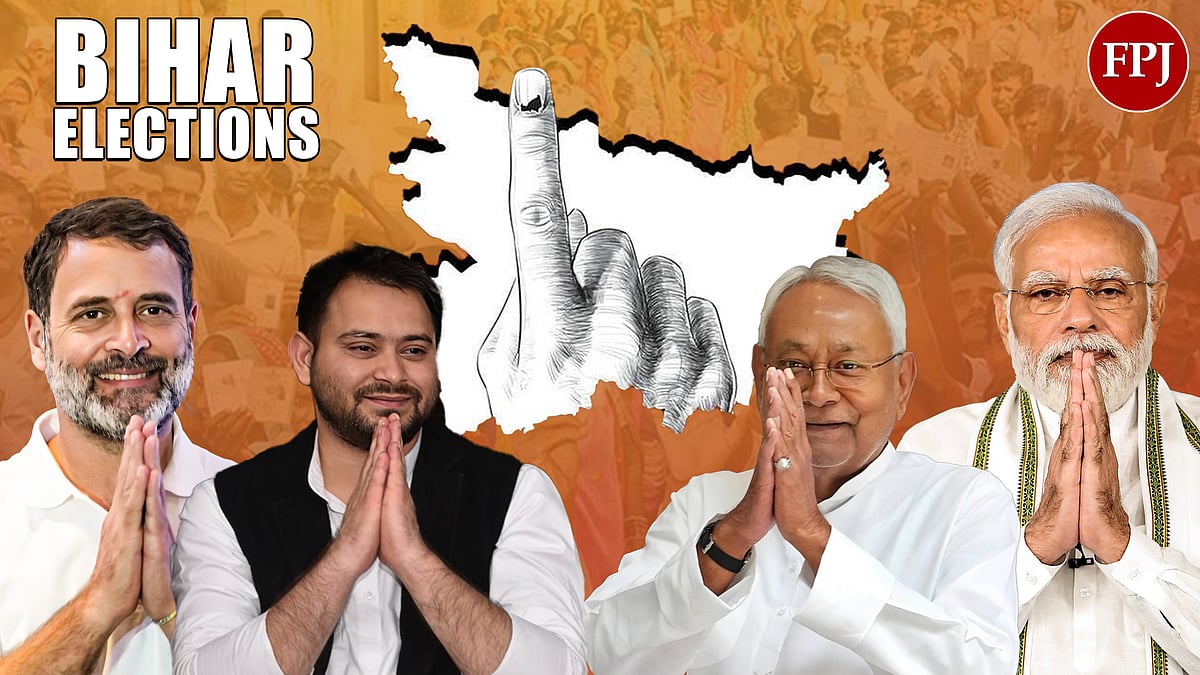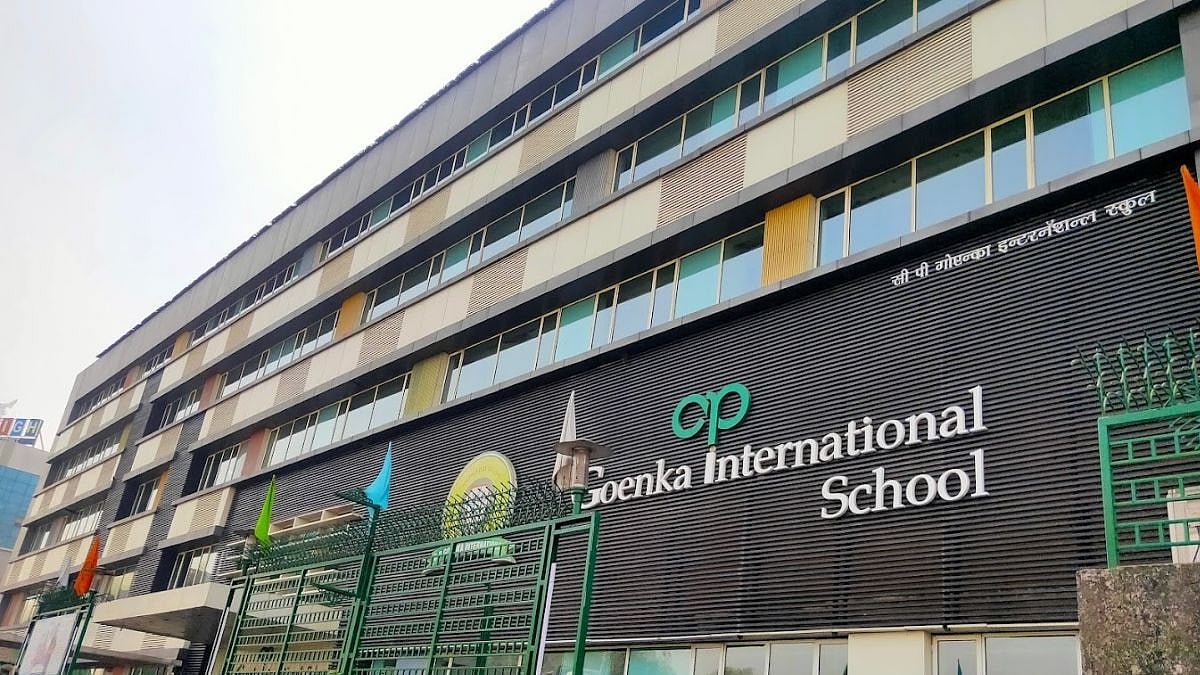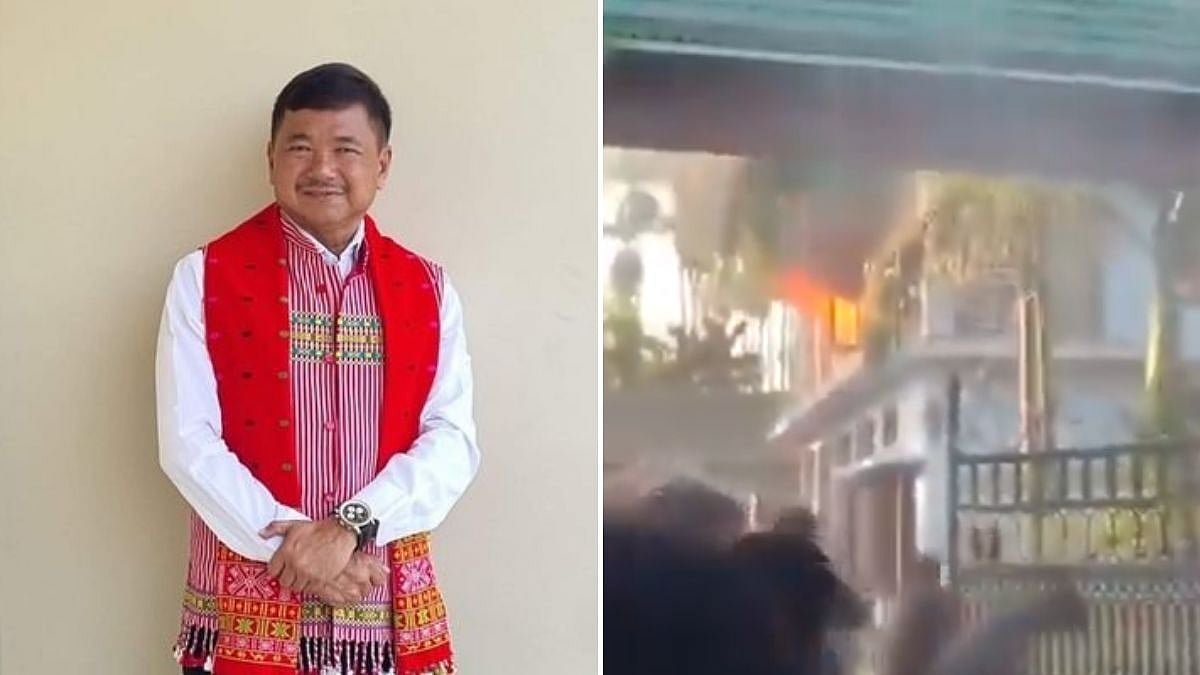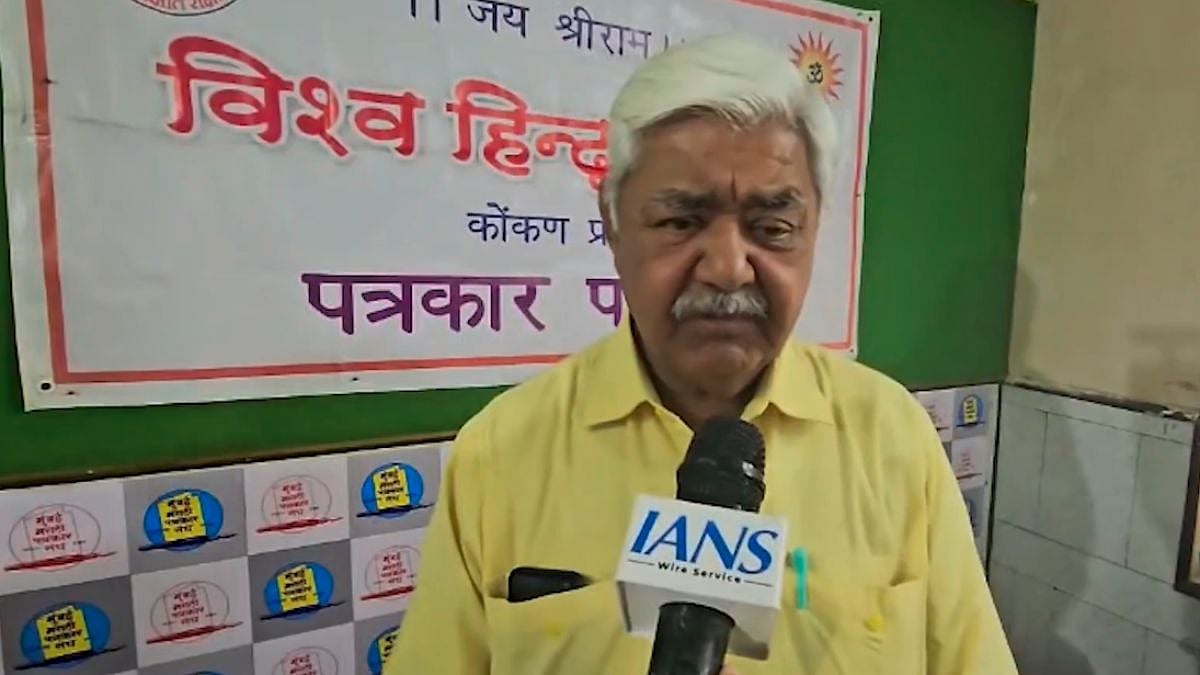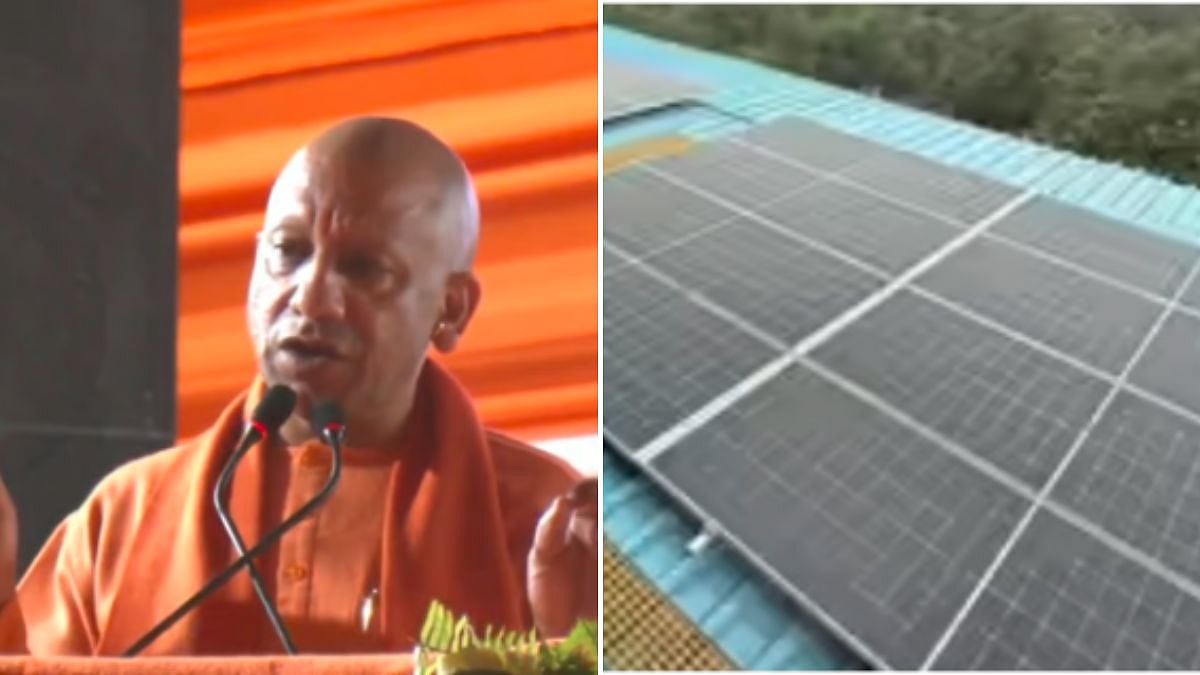Neither the NDA nor the INDIA bloc wins the Welfare scheme advantage in Bihar. Tejaswi’s ‘har ghar sarkari naukri’ counter balances Nitish’s Mahila Rozgaar yojna, then what will tilt the balance in Bihar?
With opinion polls showing a razor-thin gap between alliances, Bihar seems headed for one of its most unpredictable elections in recent memory. According to the latest VoteVibe survey (Nov 1, 2025), the NDA leads with 45% vote share and 143 projected seats, while the RJD-led Mahagathbandhan trails at 39% and 87 seats. The Jan Suraaj Party, led by Prashant Kishor, though distant in numbers, has grown steadily to about 7% vote share and four seats, indicating the rise of a new anti-establishment sentiment.
But the numbers tell only half the story. On the ground, the Free Press Journal’s travels across Darbhanga, Saran and Patna revealed a divided, almost introspective electorate. In Darbhanga Rural, where migration and joblessness dominate daily life, one hears repeated refrains of palaayan, palaayan, palaayan — migration as both compulsion and identity. Here, voters remain torn: Tejashwi Yadav’s promise of “Har Ghar Sarkari Naukri” sounds attractive. In Darbhanga Rural constituency the Yadav supporters were overwhelmingly unanimous in support of Tejaswi.
In Chapra constituency the narrative plays out differently. The contest plays out along both welfare and identity lines. “Caste still matters,” one local shopkeeper admitted, “but people are also watching who can actually deliver jobs.” Here, party identity remains stronger than caste identity for 51.1% of respondents, a subtle but important shift away from old fault lines. Yet, the NDA’s local strength, bolstered by new candidate selections and the JD(U)’s return to the alliance, keeps the ruling bloc competitive even in areas where discontent simmers.
The poll echoes that scepticism: 48% of voters dismiss Tejashwi’s job promise as unrealistic, while 38.1% consider it achievable. Still, a slim majority of 50.5% believes it at least matches Nitish Kumar’s ₹10,000 Mahila Rozgar Yojana, showing no clear welfare advantage for either camp. Bihar’s battle of manifestos, it seems, is not just about policy ,it’s about credibility. The Bihari Voter is shrewd, calculative and least likely to be taken for a ride with empty promises. This is no Madhya Pradesh or Haryana, or Maharashtra for that matter where beneficiary schemes are said to have played a deciding role, especially for women
In Patna, middle-class voters appear split between nostalgia and impatience. Many acknowledge Nitish’s 20-year record, which 56.7% of respondents still rate positively, but younger and first-time voters are drawn toward Tejashwi’s energy and rhetoric. “We want jobs, not lectures,” said a university student in Patna City. That sentiment underlines a crucial statistic while Tejashwi Yadav leads in CM preference at 35%, Nitish Kumar still commands 23.4%, reflecting a leadership gap but not a collapse.
Jan Suraaj’s projected vote share up from 9.1% to 12.3% in a year, adds another layer of uncertainty. Its intellectual, youth-oriented appeal could cut into both alliances, especially in urban and semi-urban constituencies. Analysts see this as a possible spoiler effect, making the 2025 race even tighter.
In short, Bihar 2025 is strident a two-way fight , which involves a tug between credibility, continuity, and change. Voters appear discerning, no longer easily swayed by freebies or slogans. As one elderly voter in Darbhanga put it succinctly: “We’ve heard promises from everyone. This time, our vote will be for who we believe not who we know.”
The result may well hinge on who earns that belief.
